The underwater world is mesmerizing, filled with vibrant colors and fascinating marine life. However, creatures lurking beneath the beauty can be harmful—or even deadly—if approached carelessly. From venomous stingers to sharp teeth, the ocean is home to some dangerous inhabitants that divers must respect. Understanding these creatures isn’t just about staying safe; it’s about coexisting with them responsibly.
1. Box Jellyfish
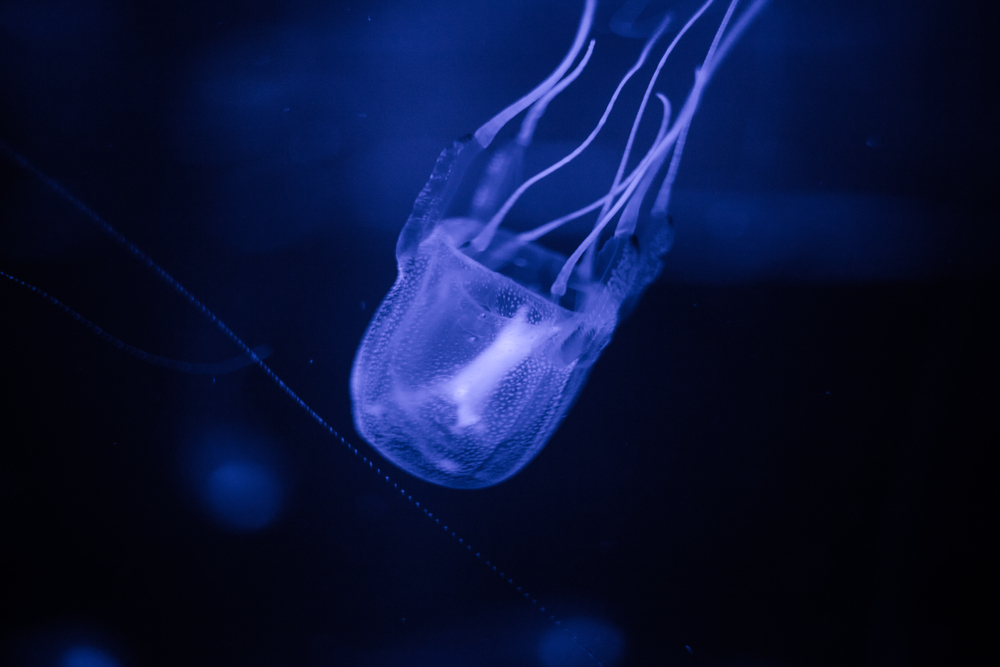
With its near-transparent body and graceful movements, the box jellyfish might seem harmless, but it’s one of the most venomous creatures in the ocean. Found in waters around Australia and Southeast Asia, its tentacles can deliver a sting that causes excruciating pain, paralysis, and even death in severe cases. Its nearly invisible appearance makes it easy to miss, so divers need to be extra cautious when exploring jellyfish habitats. Admire their beauty from a safe distance, and never touch anything you can’t clearly identify.
2. Stonefish
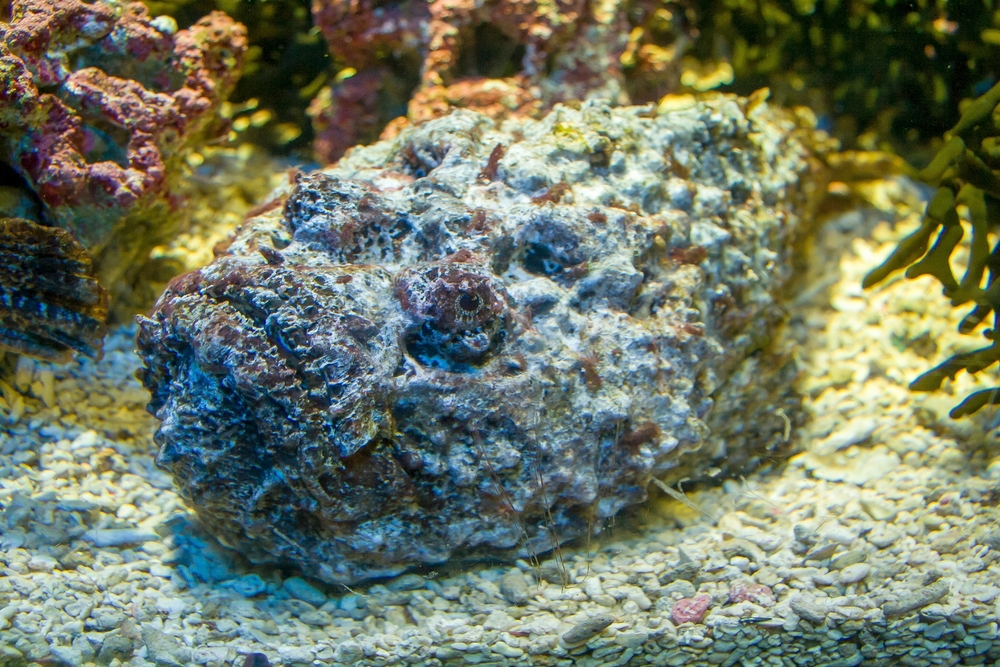
The stonefish is a master of camouflage, blending seamlessly with rocky seabeds and coral. However, stepping on this creature can inject venom through its dorsal spines, causing intense pain, swelling, and, in extreme cases, cardiac arrest. Found in tropical waters across the Pacific and Indian Oceans, the stonefish is a reminder to always be mindful of where you’re treading. If you spot one, give it plenty of space and avoid any accidental contact.
3. Lionfish
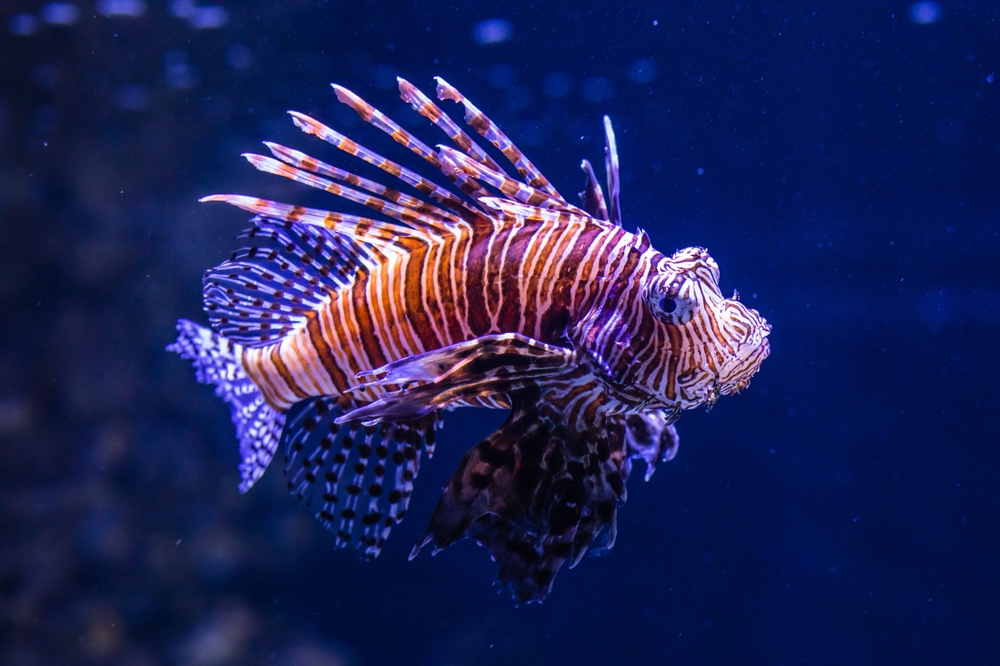
The lionfish’s striking striped appearance and flowing fins may look like something from a dream, but its venomous spines pack a powerful punch. Native to the Indo-Pacific, this invasive species has spread to the Atlantic, threatening local ecosystems. A sting from a lionfish can cause intense pain, nausea, and difficulty breathing. Divers should admire these beautiful predators from a distance and never attempt to touch or handle them, as even a minor sting can ruin a dive.
4. Blue-Ringed Octopus
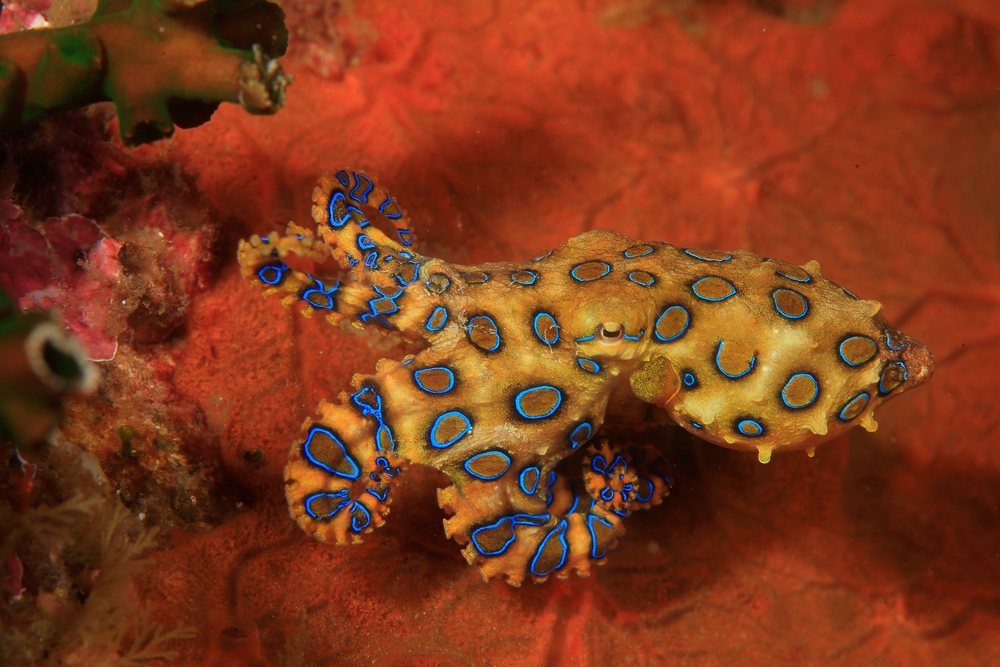
Despite being no larger than a golf ball, the blue-ringed octopus is one of the most dangerous creatures in the ocean. Found in the Pacific and Indian Oceans, this tiny cephalopod’s vivid blue rings serve as a warning for its potent venom, which can cause paralysis and respiratory failure. There’s no known antidote for its venom, making it crucial to keep your distance if you encounter one. Watch in awe, but never forget the risk it poses.
5. Great White Shark
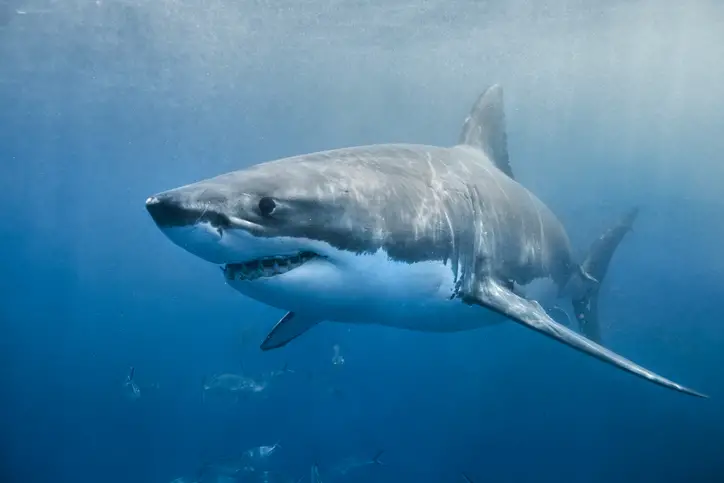
The great white shark is perhaps the most infamous ocean predator. With its sheer size, power, and razor-sharp teeth, it commands both fear and fascination. Found in coastal waters around the world, this apex predator rarely targets humans but can mistake divers for prey. Always stay calm, avoid erratic movements, and never provoke these sharks if you encounter one. Respect their space and remember that we are visitors in their domain.
6. Cone Snail
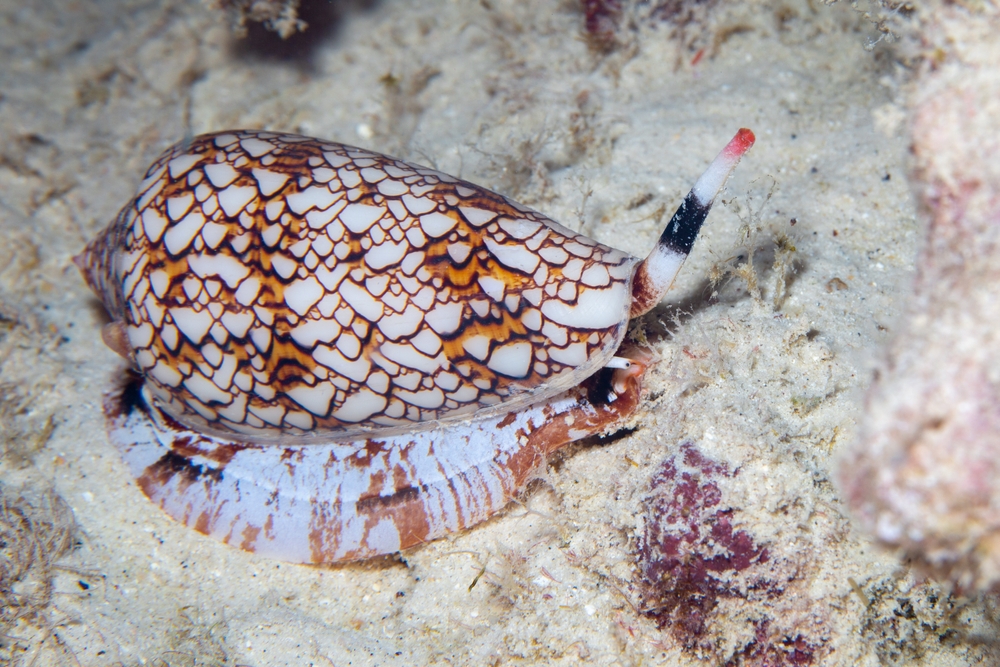
At first glance, the cone snail looks like a beautifully patterned seashell, but don’t let its appearance fool you. Found in tropical and subtropical waters, this small mollusk carries a harpoon-like tooth capable of delivering venom that can paralyze or even kill. Divers should avoid picking up shells underwater, as handling a live cone snail can result in an accidental sting. The cone snail proves that danger in the ocean often comes in small, unassuming packages.
7. Portuguese Man O’ War
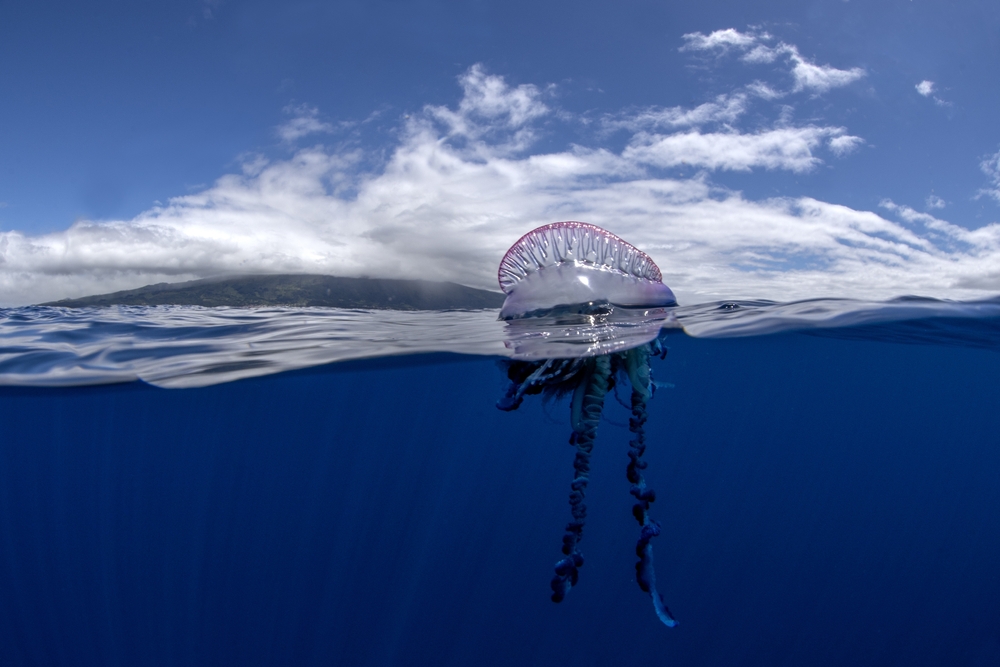
Often mistaken for a jellyfish, the Portuguese man o’ war is actually a siphonophore—a colony of organisms working together. Its long tentacles can deliver painful stings, causing welts, intense pain, and in rare cases, severe allergic reactions. Found in warm ocean waters worldwide, its bright blue and purple body floats on the surface, making it a threat not just to divers but also to swimmers. Always stay clear of its tentacles, which can sting even after detachment.
8. Moray Eel
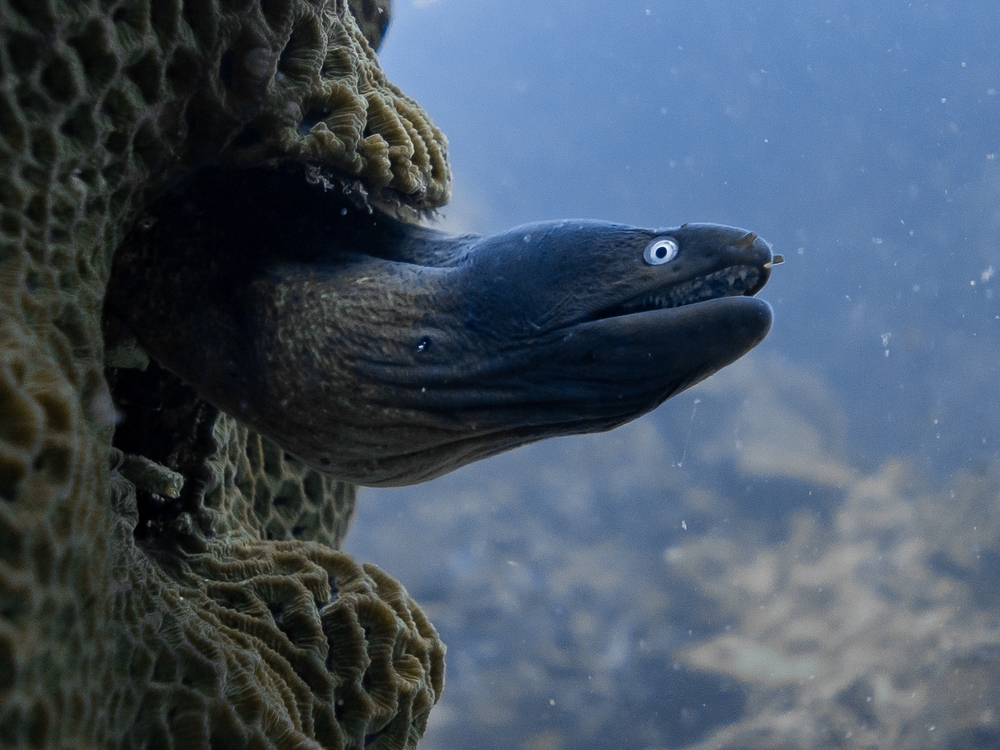
The moray eel’s serpentine body and sharp teeth give it a menacing appearance, but it typically hides in crevices during the day. While it’s not aggressive by nature, moray eels can deliver a painful bite if provoked or startled. Found in tropical and subtropical waters, they’re often spotted by divers exploring coral reefs. Avoid sticking your hands into crevices or caves, as moray eels often strike defensively when they feel threatened.
9. Tiger Shark
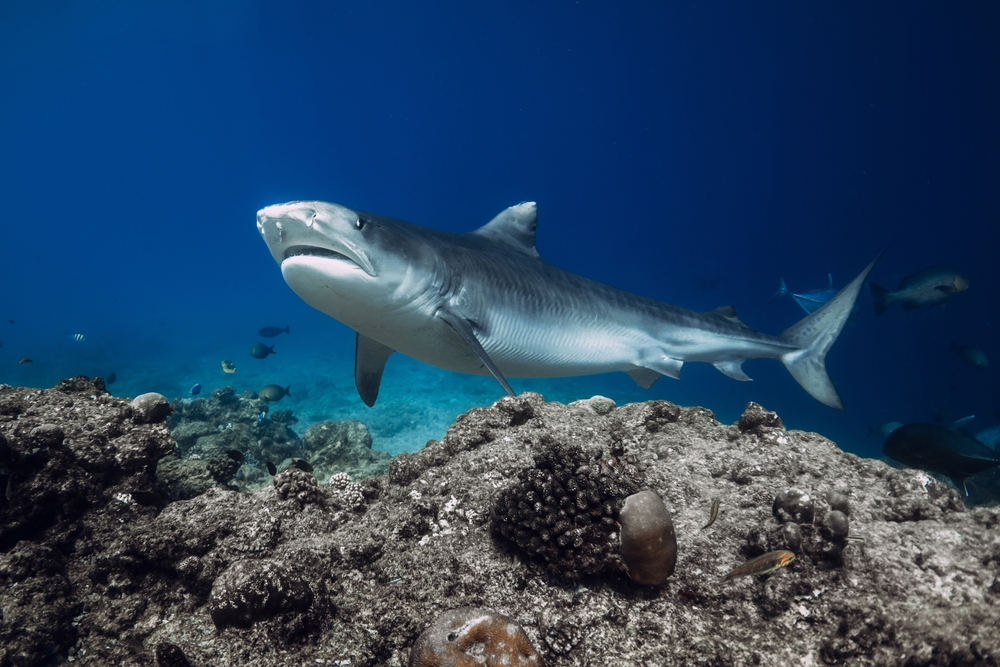
Known as the “garbage can of the sea,” tiger sharks are opportunistic predators that consume a variety of prey. With their large size and strong jaws, they’re among the most dangerous sharks to encounter. Found in tropical and subtropical waters, tiger sharks are curious and may approach divers. If you encounter one, remain calm, avoid rapid movements, and keep your distance. Observing these majestic creatures from afar is both thrilling and safe.
10. Crown-of-Thorns Starfish
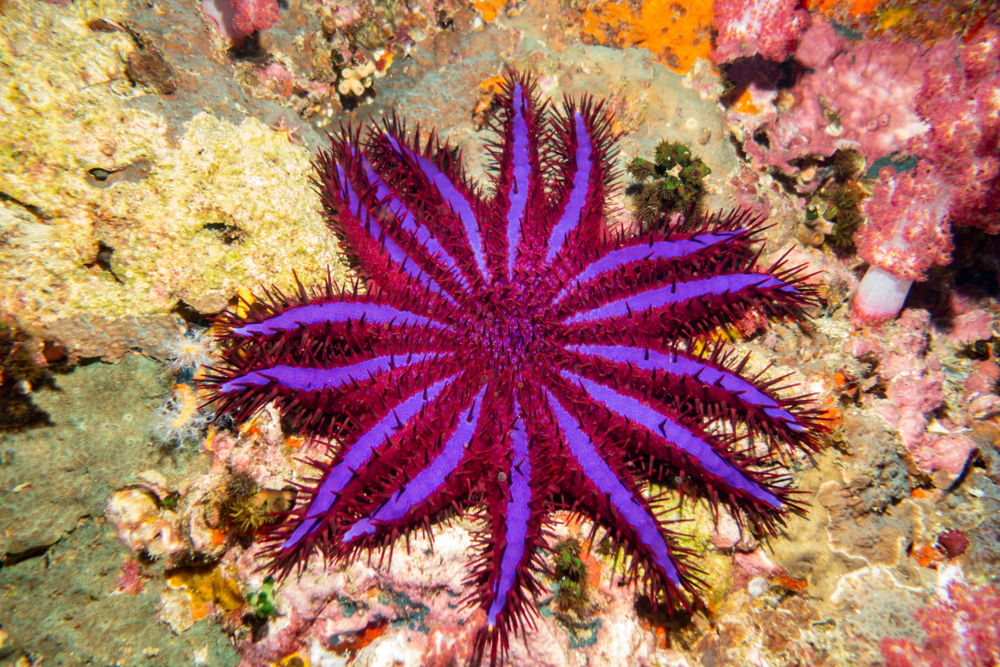
This spiky starfish is not only a threat to coral reefs but also to divers. Found in the Indo-Pacific, the crown-of-thorns starfish has venomous spines that can cause intense pain, swelling, and nausea if touched. While it plays a role in marine ecosystems, an overpopulation of these starfish can devastate coral habitats. Divers should avoid handling them and appreciate their striking appearance from a safe distance to protect both themselves and the reef.
11. Barracuda
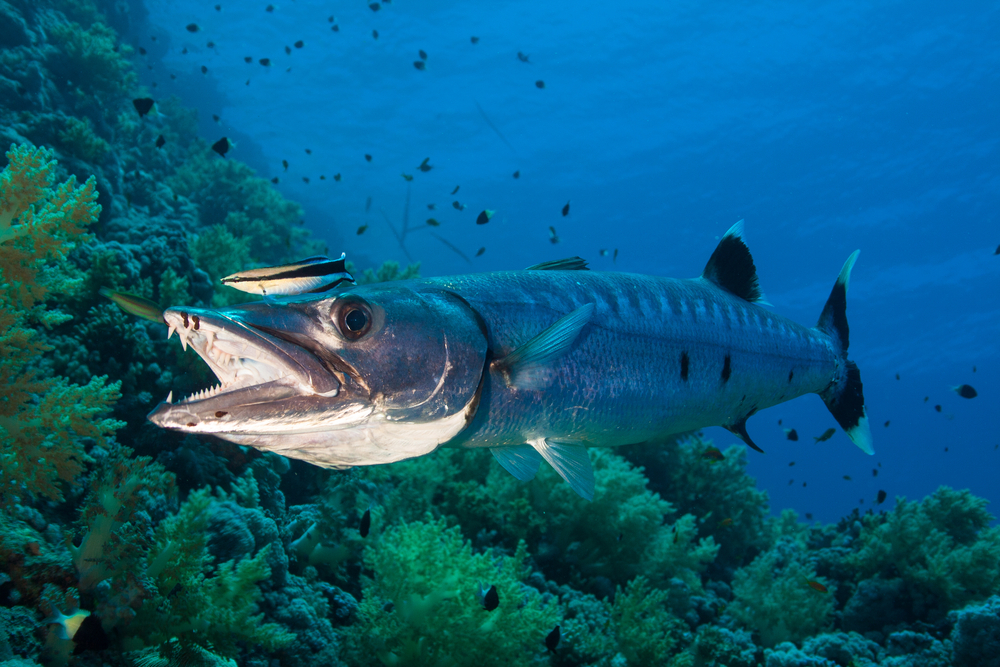
With its long, sleek body and sharp teeth, the barracuda is a lightning-fast predator that can be intimidating to divers. Known for their curiosity, barracudas may follow divers or even charge at reflective objects, mistaking them for prey. Found in tropical and subtropical waters, these fish rarely attack humans unprovoked but can become aggressive if startled. Avoid wearing shiny jewelry while diving to prevent attracting unwanted attention from these toothy hunters.
12. Titan Triggerfish
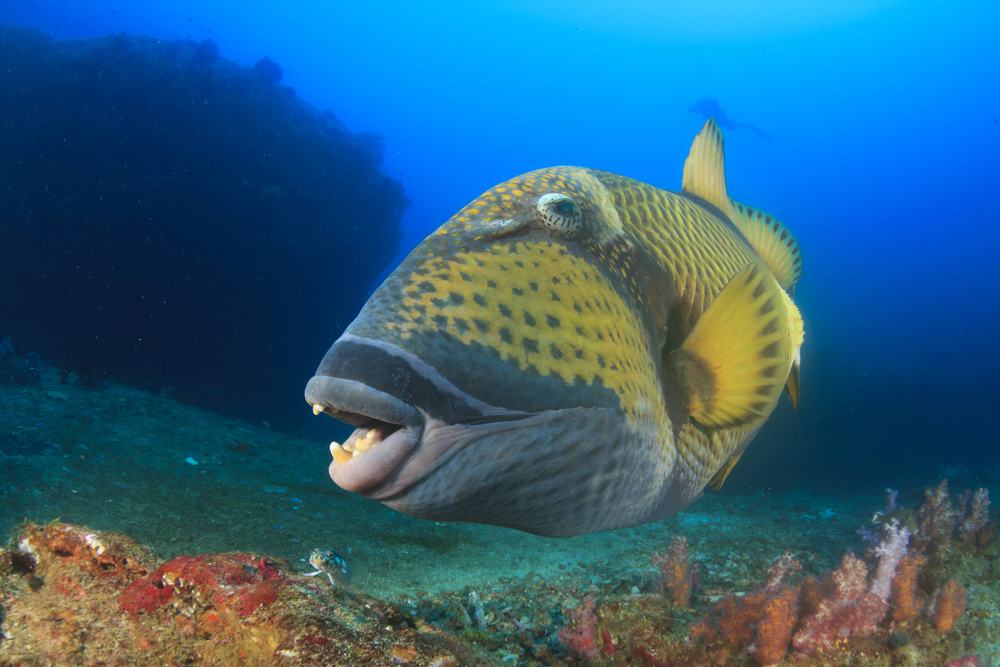
The titan triggerfish is a territorial reef dweller that fiercely defends its nest. Found in tropical waters, this brightly colored fish may appear harmless at first, but it’s known for its aggressive behavior. If you swim too close, it may charge, delivering painful bites with its strong jaws. Divers should be cautious around these fish, keeping a safe distance and steering clear of their nesting areas to avoid provoking an attack.
13. Sea Snake
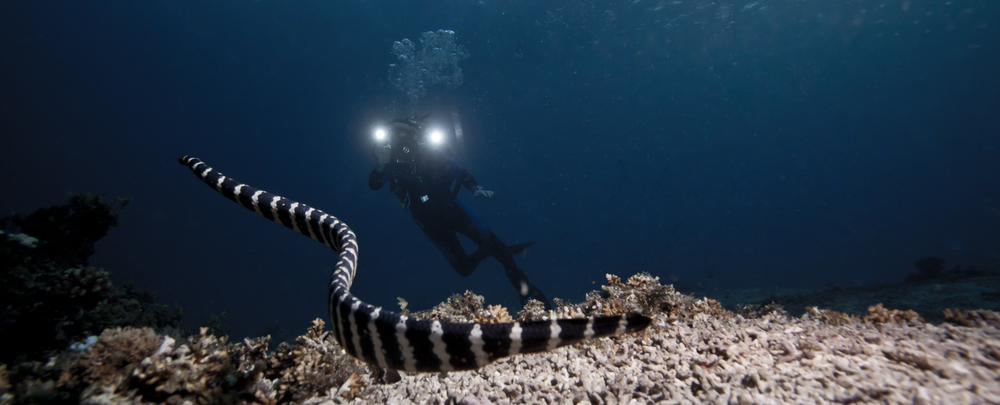
Sea snakes are among the most venomous reptiles on Earth, yet they are generally non-aggressive. Found in warm coastal waters of the Indo-Pacific, these snakes often approach divers out of curiosity. While their bites are rare, they can be fatal due to their potent venom. If you encounter a sea snake, remain calm and avoid sudden movements. Observing their graceful swimming from a safe distance is a far better option than tempting fate.
14. Stingray

Stingrays are typically docile creatures that lie buried in the sand, but their venomous barbs can cause severe pain and injury if stepped on or provoked. Found in oceans worldwide, they only sting as a defensive measure. Divers should avoid disturbing stingrays and shuffle their feet when walking in shallow water to alert them to their presence. These elegant creatures are best admired from a respectful distance to avoid an accidental encounter.
15. Giant Pacific Octopus
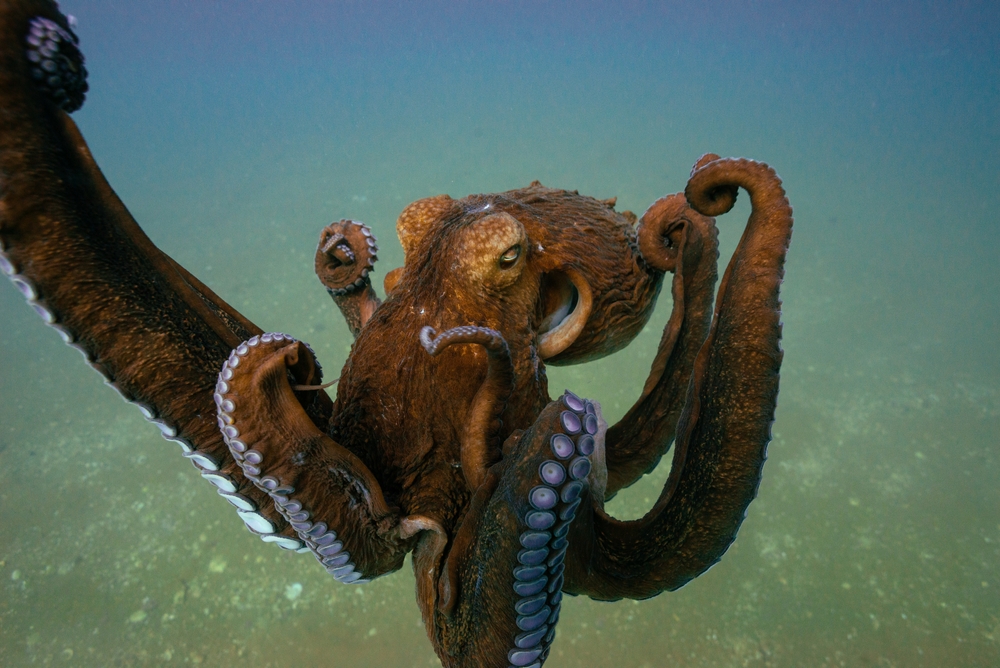
While the giant Pacific octopus isn’t inherently dangerous, its sheer size and strength can be intimidating. Found in the chilly waters of the Pacific Northwest, this intelligent creature can weigh up to 100 pounds and has powerful tentacles capable of gripping divers. If startled, it may release a cloud of ink as a defense mechanism. While encounters are rare, divers should avoid provoking or cornering this magnificent cephalopod to ensure a safe and memorable experience.
Final Thoughts
The ocean is full of breathtaking beauty, but it’s also home to creatures that demand respect and caution. By understanding and appreciating these animals from a safe distance, divers can enjoy the wonders of the underwater world while minimizing risks. Always remember, it’s their home, and we’re just visitors—so observe responsibly and leave the ocean as untouched as you found it.
